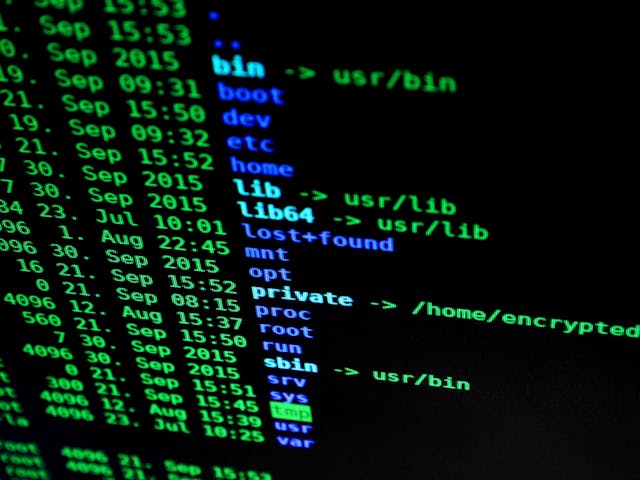Every has wifi, its vital for nearly every business today, but can your security be at risk from hackers and cyber crime in the saftey of your own home or business? With cyber threats evolving and becoming more sophisticated, it’s essential to take proactive measures to safeguard your broadband connection. In this post, we’ll explore some effective strategies to protect your broadband connection from cyber threats.
Can My WiFi Be Hacked?
It’s a question that crosses the minds of many broadband users: Can my WiFi be hacked? The short answer is yes, WiFi networks are vulnerable to hacking if proper security measures are not in place. While the thought of someone infiltrating your home network might seem alarming, understanding the risks and taking proactive steps to secure your WiFi can greatly reduce the likelihood of a successful hack. This blog post by Norton goes into detail about how you can tell if someone has hacked your wifi, read more here.
One of the primary reasons WiFi networks are susceptible to hacking is the prevalence of wireless communication and the inherent vulnerabilities in WiFi protocols. Hackers with malicious intent can exploit weaknesses in WiFi encryption standards, such as WEP (Wired Equivalent Privacy) or even the more secure WPA2 (Wi-Fi Protected Access II), if they find vulnerabilities or employ sophisticated hacking techniques.

Additionally, default settings and passwords provided by Internet Service Providers (ISPs) are often easy targets for hackers. Many users neglect to change these default settings, leaving their networks vulnerable to unauthorized access. Once inside your network, hackers can potentially access sensitive information, intercept data transmissions, or even compromise connected devices.
Another common method hackers use to infiltrate WiFi networks is through phishing attacks or malware. By tricking users into clicking on malicious links or downloading infected files, hackers can gain access to devices connected to the network and exploit vulnerabilities to gain control.
However, it’s important to note that while WiFi hacking is a genuine threat, it’s not inevitable. With proper security measures in place, such as using strong, unique passwords, enabling encryption protocols, and regularly updating firmware and software, you can significantly mitigate the risk of a successful hack. Additionally, staying informed about the latest cybersecurity threats and best practices can help you stay one step ahead of potential attackers.
Risks to my broadband from cyber crimes and hackers
Before delving into security measures, it’s crucial to understand the potential risks associated with broadband connections. According to Security Magazine, there are over 2,200 attacks each day which breaks down to nearly 1 cyberattack every 39 seconds (source). These risks include:
- Malware and Viruses: Malicious software can infect your devices through various means, including phishing emails, malicious websites, and software downloads.
- Hacking and Unauthorized Access: Hackers may attempt to exploit vulnerabilities in your broadband network to gain unauthorized access to your devices or sensitive information.
- Data Interception: Unsecured broadband connections are susceptible to data interception, where cybercriminals can eavesdrop on your online activities and intercept sensitive information, such as passwords and financial data.
How to secure your wifi connection
Now that we’re aware of the risks, let’s explore some strategies to enhance the security of your broadband connection:
- Use Strong Passwords: Ensure that your broadband router and Wi-Fi network are protected with strong, unique passwords. Avoid using default passwords provided by your Internet Service Provider (ISP), as these are often easy targets for hackers.
- Enable Encryption: Enable encryption protocols such as WPA2 or WPA3 on your Wi-Fi network to encrypt data transmitted between your devices and the router. This prevents unauthorized users from intercepting and deciphering your data.
- Keep Software Updated: Regularly update the firmware of your broadband router and the operating systems and software on your devices. These updates often include security patches that address known vulnerabilities.
- Use a Firewall: Enable the firewall feature on your broadband router to monitor and control incoming and outgoing network traffic. This helps block malicious connections and unauthorized access attempts.
- Implement Network Segmentation: If possible, create separate network segments for different devices or purposes, such as a guest network for visitors. This limits the impact of a potential security breach by isolating compromised devices from the rest of your network.
- Enable Two-Factor Authentication (2FA): Wherever possible, enable two-factor authentication for your online accounts and services. This adds an extra layer of security by requiring a second form of verification, such as a code sent to your phone, in addition to your password.
- Monitor Network Activity: Regularly monitor your network for any suspicious activity or unauthorized devices connected to your network. Many broadband routers offer built-in tools or third-party apps for monitoring network activity.
By implementing these security measures, you can significantly reduce the risk of falling victim to cyber threats and protect your broadband connection and devices from unauthorized access, data breaches, and malware infections. Remember, proactive security practices are key to safeguarding your online privacy and security in today’s digital landscape.
